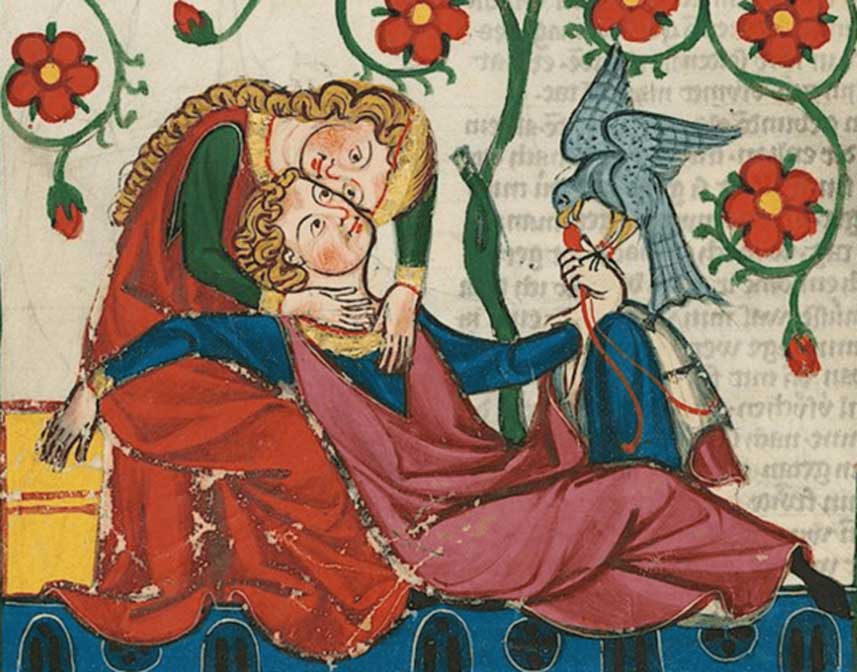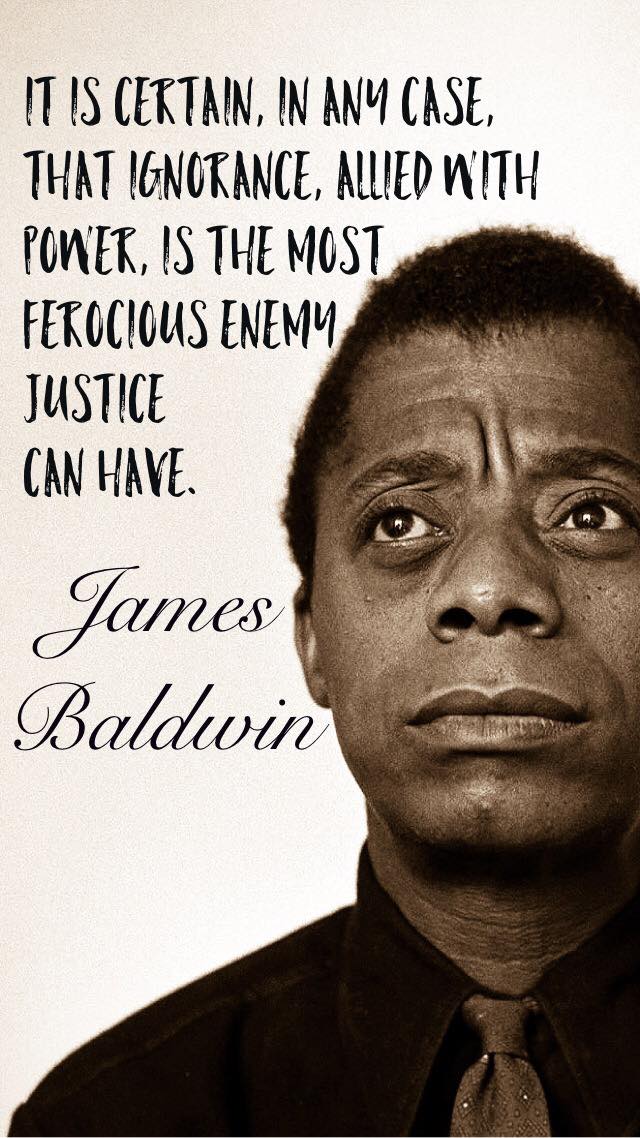Blog
NGC 1097 (also known as Caldwell 67) is a barred spiral galaxy about 45 million light years away in the constellation Fornax. It was discovered by William Herschel on 9 October 1790. It is a severely interacting galaxy with obvious tidal debris and distortions caused by interaction with the companion galaxy NGC 1097A. 45mly
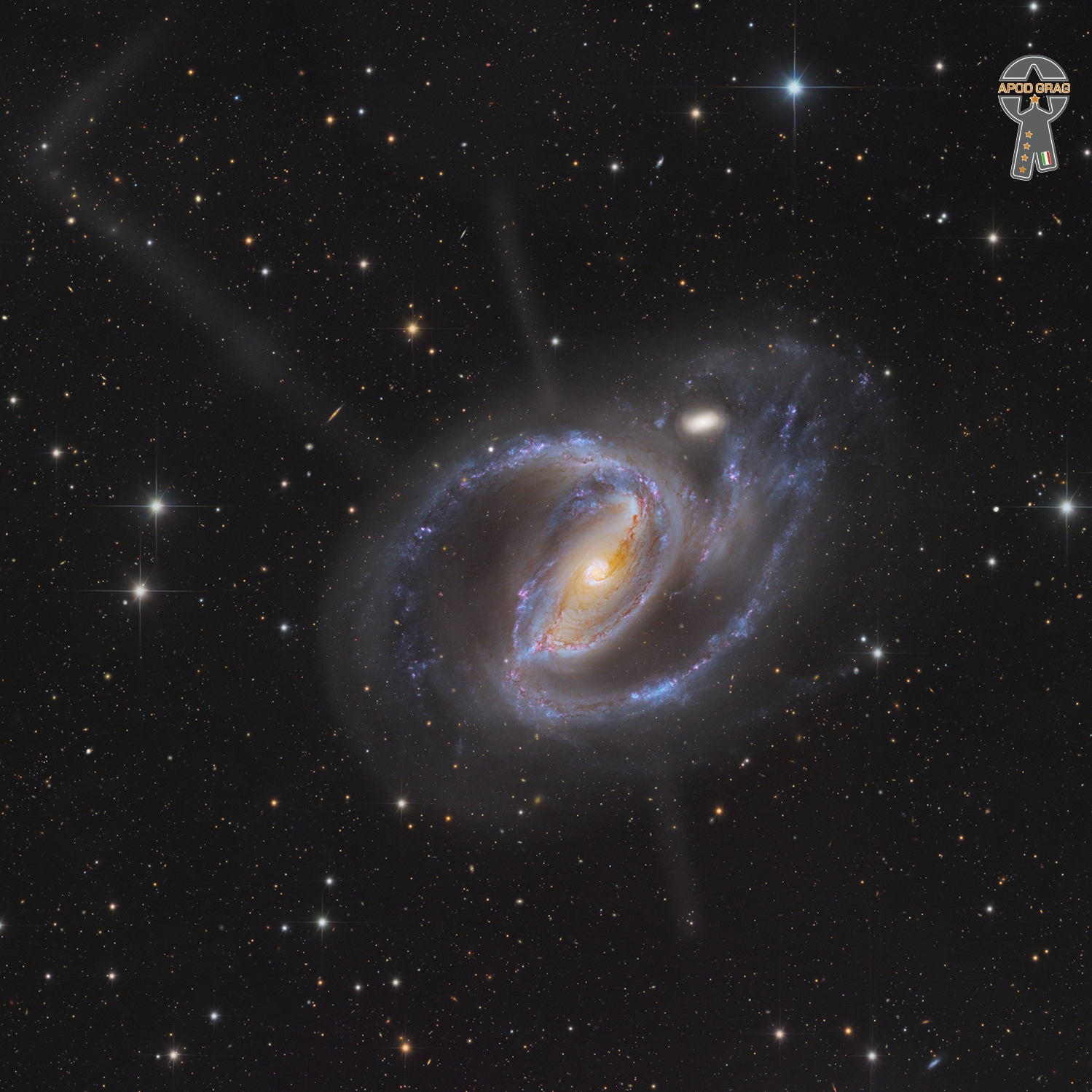
more...
Alistair Ian Campbell (born 15 February 1959) is an English singer and songwriter who was lead singer and co-founder of the British reggae band UB40.
UB40 sold more than 70 million records worldwide and toured for 30 years with the original line-up of the band. In 2008 Campbell and keyboard-player Mickey Virtue left UB40 due to a dispute with band management and teamed up in a new band. In August 2014, Campbell announced he had reunited with former UB40 bandmate Astro, who also left due to management disputes and the musical direction of the band. Campbell then formed a new UB40 featuring the three bandmates.
more...Brian Holland (born February 15, 1941 Detroit, MI) is an American songwriter and record producer, best known as a member of Holland–Dozier–Holland, the songwriting and production team that was responsible for much of the Motown sound, and numerous hit records by artists such as Martha and the Vandellas, The Supremes, The Four Tops, and The Isley Brothers. Holland, along with Lamont Dozier, served as the team’s musical arranger and producer. He has written or co-written 145 hits in US and 78 in the UK.
more...Herlin Riley (born February 15, 1957) is an American jazz drummer and a member of the Lincoln Center Jazz Orchestra led by Wynton Marsalis.
A native of New Orleans, Riley started on the drums when he was three. He played trumpet through high school, but he went back to drums in college. After graduating, he spent three years as a member of a band led by Ahmad Jamal. He has worked often with Wynton Marsalis as a member of the Jazz at Lincoln Center Orchestra and of Marsalis’s small groups. He has also worked with George Benson, Harry Connick, Jr., and Marcus Roberts.
Riley played a large part in developing the drum parts for Wynton Marsalis’s Pulitzer Prize-winning album, Blood on the Fields.
more...Nathan Tate Davis (February 15, 1937 – April 8, 2018 Kansas City, KS) was an American jazz multi-instrumentalist who played the tenor saxophone, soprano saxophone, bass clarinet, and flute. He is known for his work with Eric Dolphy, Kenny Clarke, Ray Charles, Slide Hampton and Art Blakey.
more...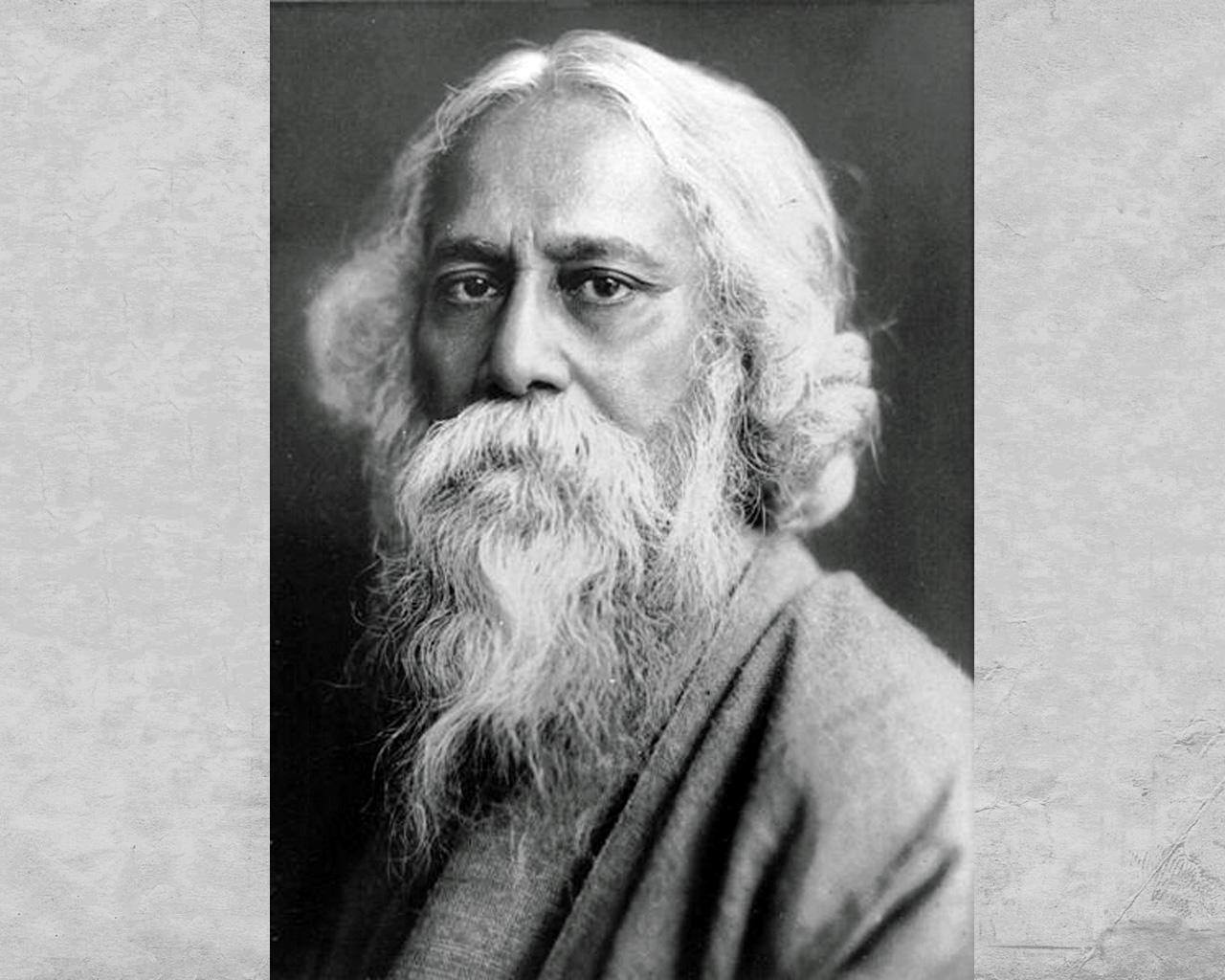
Friday February 14th 2025 7pm. The fourth in a series of performances of the Little Shop of Horrors by Theatre 55 at the Gremlin Theater in St Paul. Music by Shirley Mier, Lyra Olson, Jamie Carter and mick laBriola. Featuring vocalists Patty Lacy and Van Nixon.

The Rosette Nebula, NGC 2237, is not the only cosmic cloud of gas and dust to evoke the imagery of flowers, but it is probably the most famous. At the edge of a large molecular cloud in Monoceros some 5,000 light years away, the petals of this cosmic rose are actually a stellar nursery. The lovely, symmetric shape is sculpted by the winds and radiation from its central cluster of hot young, O-type stars. Stars in the energetic cluster, cataloged as NGC 2244, are only a few million years young, while the central cavity in the Rosette Nebula, is about 50 light-years in diameter. The nebula can be seen with a small telescope toward the constellation of Monoceros, the Unicorn. This natural appearing telescopic portrait of the Rosette Nebula was made using broadband color filters, but sometimes roses aren’t red.
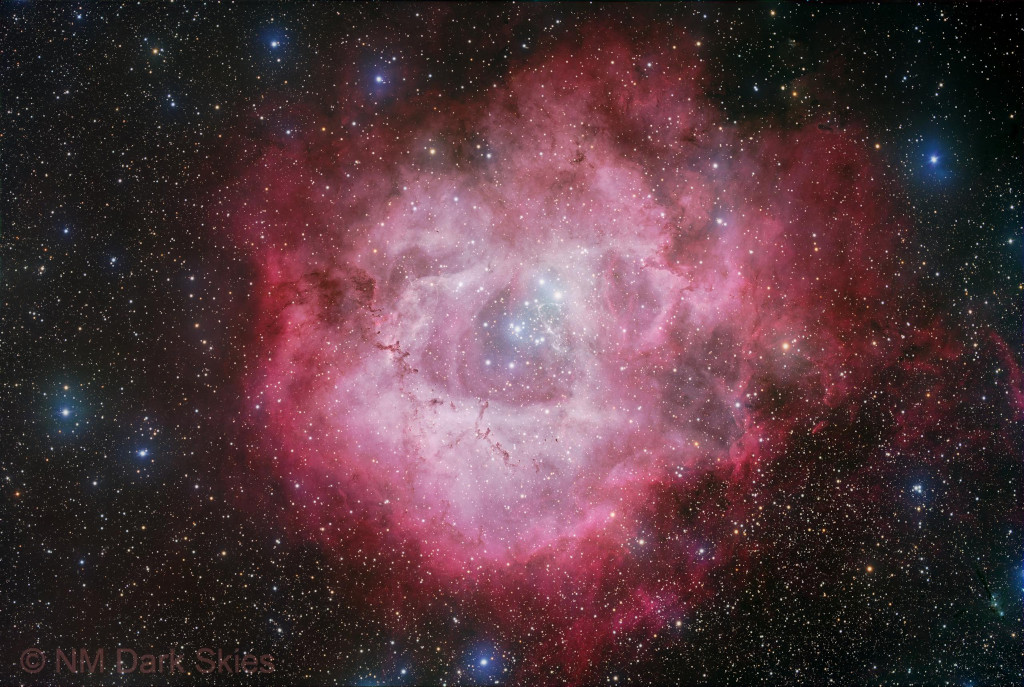
Merl Saunders (February 14, 1934 – October 24, 2008) was an American multi-genre musician who played piano and keyboards, favoring the Hammond B-3 console organ. Born in San Mateo, California, United States, Saunders attended Polytechnic High School in San Francisco. In his first band in high school was singer Johnny Mathis.He served in the U.S. Air Force from 1953 to 1957. He worked as musical director of the Billy Williams Revue and served in a similar capacity in Oscar Brown Jr.‘s off-Broadway show, Big Time Buck White.
He gained notice in the 1970s when he began collaborating with Jerry Garcia, with whom he had begun playing in 1971 at a small Fillmore Street nightclub called The Matrix. He sat in with the Grateful Dead, and co-founded the Saunders/Garcia Bandwhich produced three albums, and which became the Legion of Mary, with the addition of Martin Fierro (sax) in 1974. It disbanded the following year, but he and Garcia continued to collaborate in the band Reconstruction during 1979, collaborating with Ed Neumeister (trombone), Gaylord Birch (drums) and John Kahn (bass).
more...Timothy Charles Buckley III (February 14, 1947 – June 29, 1975) was an American musician. He began his career based in folk rock, but subsequently experimented with genres such as psychedelia, jazz, the avant-garde, and funk paired with his unique five-octave vocal range.
His commercial peak came with the 1969 album Happy Sad, reaching No. 81 on the charts, while his experimental 1970 album Starsailor went on to become a cult classic. The latter contained his best known song, “Song to the Siren.”
Buckley died at the age of 28 from a heroin and morphine overdose. He left behind one biological son, Jeff, who himself was a highly regarded singer who died young, as well as an adopted son, Taylor. On the evening of June 29, he accompanied longtime friend Richard Keeling to his house. At some point, Keeling produced a bag of heroin, some of which Buckley snorted.
Attempts by friends and paramedics to revive him were unsuccessful, and he was pronounced dead on arrival.
The coroner‘s report stated that Buckley died at 9:42 p.m. on June 29, 1975, from “acute heroin/morphine and ethanol intoxication due to inhalation and ingestion of overdose”.
more...
Samuel Gene Maghett (February 14, 1937 – December 1, 1969), known as Magic Sam, was an American Chicago blues musician. He was born in Grenada County, Mississippi, and learned to play the blues from listening to records by Muddy Watersand Little Walter. After moving to Chicago at the age of 19, he was signed by Cobra Records and became well known as a bluesman after the release of his first record, “All Your Love”, in 1957. He was known for his distinctive tremolo guitar playing.
The stage name Magic Sam was devised by Sam’s bass player and childhood friend Mack Thompson at Sam’s first recording session for Cobra, as an approximation of “Maghett Sam”. The name Sam was using at the time, Good Rocking Sam, was already being used by another artist. His career was cut short when he suddenly died of a heart attack in December 1969. He was 32 years old.
more...
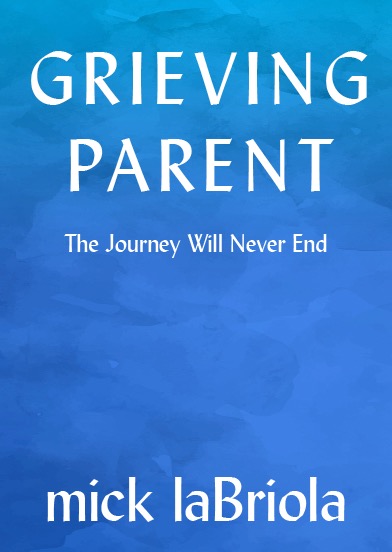
Screenshot
Judith Aileen Dyble (pronounced Die-bull; 13 February 1949 – 12 July 2020) was an English singer-songwriter, most notable for being a vocalist and a founding member of Fairport Convention and Trader Horne. In addition, she and Ian McDonald joined and recorded several tracks with Giles, Giles and Fripp, who later became King Crimson. These tracks surfaced on the Brondesbury Tapes CD and Metaphormosis vinyl LP.
more...Anthony “Rebop” Kwaku Baah (13 February 1944 – 12 January 1983) was a Ghanaian percussionist who worked with the 1970s rock groups Traffic and Can.
Baah was born in 1944 in Konongo, Gold Coast. In the Akan culture of Ghana, Kwakuis a name meaning “male born on Wednesday”.
In 1969, Baah performed on Randy Weston‘s album African Rhythms. In the same year he worked with Nick Drake on the song “Three Hours”, posthumously released in 2004 on the compilation album Made to Love Magic. He then joined the English band Traffic in 1971, having met them in Sweden during a tour. He appeared on the albums Welcome to the Canteen, The Low Spark of High Heeled Boys, Shoot Out at the Fantasy Factory, On the Road, and When the Eagle Flies.
In 1973, he performed in the all-star Eric Clapton’s Rainbow Concert. After Traffic disbanded in 1974, he played on Steve Winwood’s self-titled debut solo album, which was released in 1977. Also in 1977, he joined the German band Can along with former Traffic bassist Rosko Gee, playing with them until their breakup in 1979, appearing on the albums Saw Delight, Out of Reach and Can.
In 1982, Baah recorded an album with Zahara. Baah died of a cerebral hemorrhage during a performance in Stockholm, Sweden, in January 1983, where he was on tour with Jimmy Cliff. His final album, Melodies in a Jungle Man’s Head, was released in its unfinished state.
more...More Posts
- Louisiana Red
- Sticks McGhee
- World Music with Kasai Allstars
- Daily Roots with Marcia Griffiths
- The Cosmos from Auriga to Orion
- Keith Relf
- George Benson
- Juke Boy Bonner
- Fred Anderson
- World Music with Dzambo Agusevi Orchestra
- Daily Roots with Burning Spear
- The Cosmos with NGC 6611
- David Lindley
- Solomon Burke
- Otis Spann
- Manolis Chiotis
- Son House
- World Music with Alhousseini Anivolla
- Daily Roots with Pablo Gad
- Happy Vernal Equinox 2021
